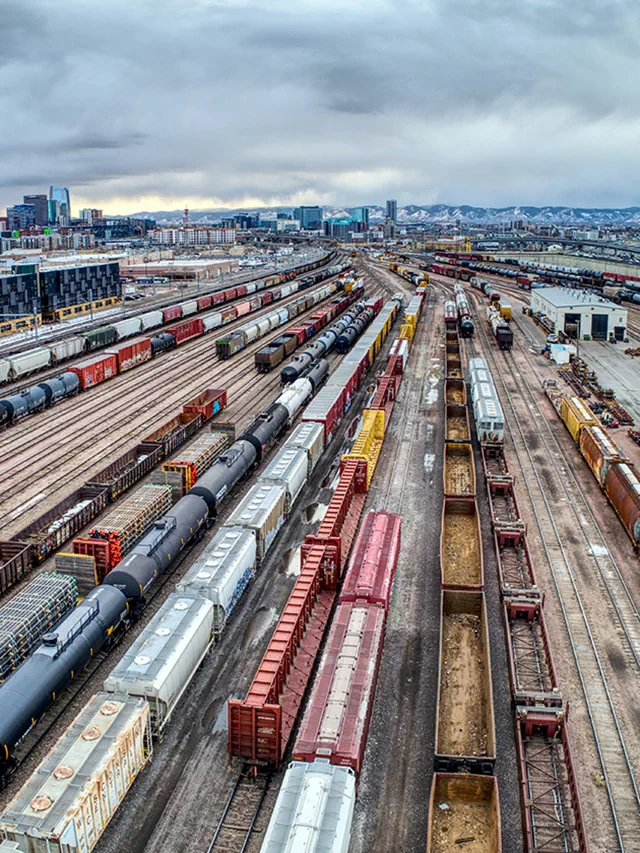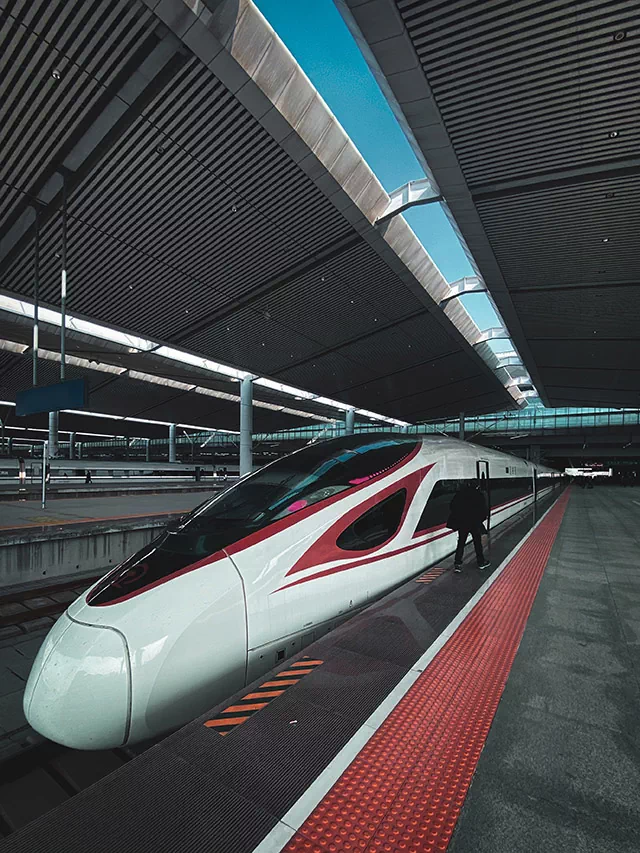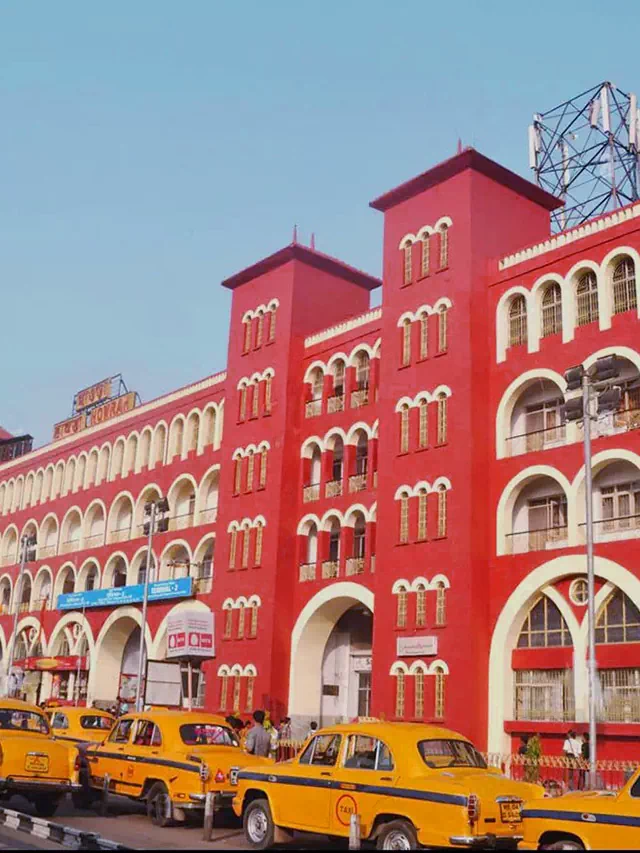Uttar Pradesh has the largest railway network in India, spanning over 10,000 km and connecting the state to major cities across the country. The state is well-connected by trains, with a number of major railway stations located in cities such as Lucknow, Varanasi, and Kanpur. The extensive railway network in Uttar Pradesh plays a crucial role in the transportation of goods and people, supporting the state’s agriculture, industry, and tourism sectors.
The Indian Railways, the state-owned railway company that operates the network, has been working to upgrade and modernize the railway infrastructure in the state to improve the speed and efficiency of train services. This includes the implementation of high-speed rail corridors, electrification of rail lines, and the construction of new railway bridges and tunnels. With these initiatives, the railway network in Uttar Pradesh is poised to play an increasingly important role in the state’s development in the coming years.
In addition to supporting the state’s transportation needs, the railway network in Uttar Pradesh also holds historical and cultural significance. Many of the state’s famous tourist destinations, such as the Taj Mahal in Agra and the Kumbh Mela in Allahabad, are easily accessible by train, making the railway network an important contributor to the state’s thriving tourism industry. The railway stations in Uttar Pradesh also feature a mix of colonial-era architecture and modern design, showcasing the rich history of the state and the Indian Railways.
In recent years, the Indian Railways has been taking steps to improve the passenger experience on trains in Uttar Pradesh, such as by introducing new trains with modern amenities, upgrading the interiors of existing trains, and providing Wi-Fi services on selected trains. These efforts are aimed at making train travel more comfortable and convenient for passengers, and at encouraging more people to use the railway network in the state.
Furthermore, the Indian Railways is also working to promote sustainability and reduce its carbon footprint in Uttar Pradesh. For example, it is exploring the use of renewable energy sources such as solar power to power trains and railway stations, and it has introduced electric locomotives and other fuel-efficient vehicles to reduce emissions. The railway company is also taking steps to reduce waste and promote recycling, such as by introducing biodegradable materials in train meals and implementing waste management systems at railway stations.
In addition to these initiatives, the Indian Railways is also working to improve the accessibility and convenience of railway stations for passengers with disabilities and other special needs. This includes providing ramps, elevators, and braille signage, as well as designated spaces for wheelchairs and other assistive devices. The railway company is also taking steps to ensure that its staff is trained in providing assistance to passengers with special needs, further improving the overall experience for all passengers.
Overall, the Indian Railways is committed to ensuring that the railway network in Uttar Pradesh remains a vital and sustainable transportation option for the people of the state, and that it continues to contribute to the state’s economic and cultural development. The railway network in Uttar Pradesh plays a vital role in the state’s transportation and economic development, and the Indian Railways is taking steps to ensure that it continues to do so in the future.



